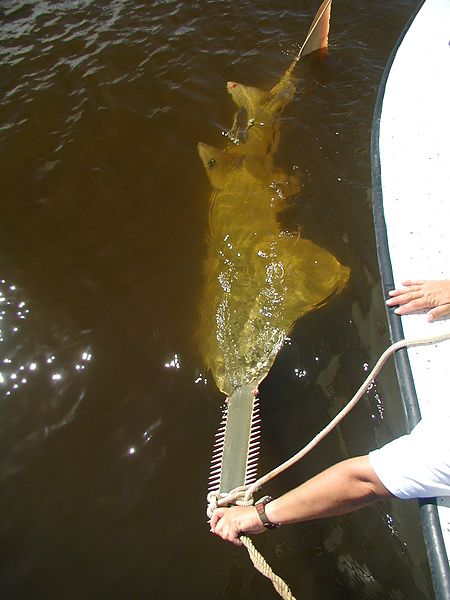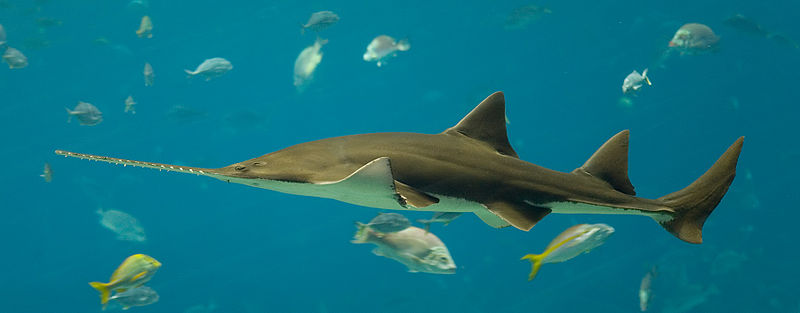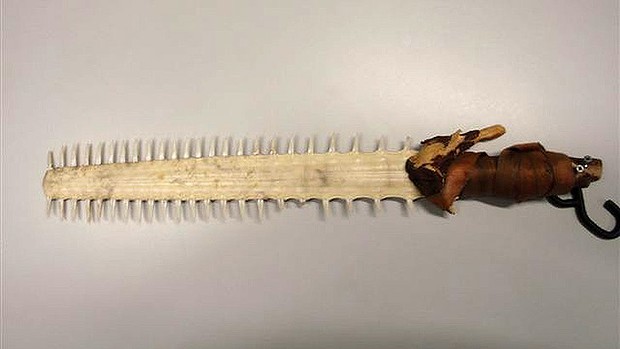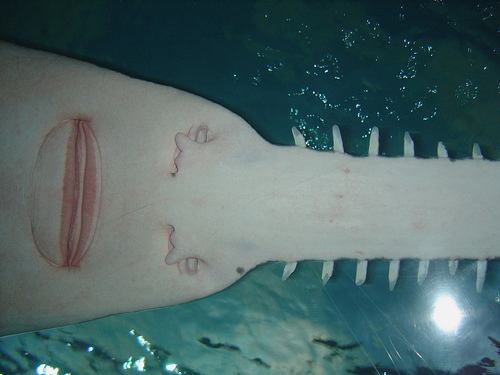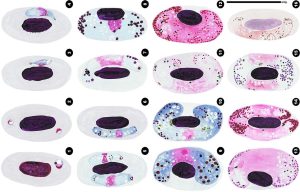The Sawfish: Weird, Rare & Deadly
The sawfish is one of nature’s oddest creations and now, unfortunately, one of its rarest. They have the side profile of a shark and the mouth and gills of a ray. Oh, and a massive saw for a nose.
They’re part of the ray family as far as their genetics are concerned and there are a total of seven different species in all. Some of these sawfish species can grow up to 7 m (23 ft) in length. One southern sawfish caught weighed in at 2,455 kg (5,412 lb).
Thanks to over-fishing and habitat loss the global totals of all the species of sawfish are thought to be just 10% of what they used to be. The problem is that their saw can sell for $1,000 on the international market and if a Kenyan fisherman catches one he can pretty much retire.
The Sawfish’s Saw
As you can imagine the rostrum (nose extension) of a sawfish has been a prized trophy for millenia. Since 2007 it’s been illegal to trade in sawfish, including their massive conks. Sawfish rostra have been used as weapons in the Philippines, New Guinea, and New Zealand which makes a lot of sense. In fact in October 2012 the weapon pictured below was seized from a bloke in Western Australia who quite clearly wasn’t thinking of using it as an ornament…
The rostra are covered in pores that are minutely sensitive to electric charges. This aids them in the capture of prey as they lie motionless at the bottom of the water. The tiny pulses of electricity from the prey’s tiny muscles send out enough energy for the sawfish to detect.
Once the prey’s position has been noted the sawfish slashes away at it. This either impales the fish or stuns it enough to be devoured. The sawfish’s sensitive nose is their primary sense, they mostly dwell in murky water and as such their eyes have ceased to be tip-top.
Here’s a video of one in captivity using its nose:
Another oddity of the sawfish is found in its intestines. A portion of their small intestine has a partition shaped like a corkscrew, called a spiral valve, this helps increase nutrient absorption through an increased surface area.
Continued on next page…


